‘The ruthlessness of the Holocaust and the dignity of Jewish resistance’ – Alex Ryvchin
A moving service commemorating the Holocaust, the systematic genocide of European Jews by the Nazis during World War II, was held on Sunday evening 16 April in Maroochydore on the Sunshine Coast in Queensland. It was combined with a remembrance of the Warsaw Ghetto Uprising that took place just 80 years ago in April 1943.
Throughout the ages, the Jewish people have had to fight for their freedom from all kinds of oppressors. From Egypt to modern-day antisemitism, the Jewish people have defended their rights to freedom and safety, and always will.
The Warsaw Ghetto Uprising was the largest uprising by Jews during World War II and is widely considered to be one of the most significant events in their history as well as a powerful symbol of Jewish resistance.
My wife Trixie and I were privileged to represent both Christians for Israel Australia and the wider Christian community at this event organised by the State Zionist Council of Queensland, the Queensland Jewish Board of Deputies (QJBD), and the Executive Council of Australian Jewry, whose co-CEO Alex Ryvchin was the keynote speaker.
It was especially heart-warming for us to connect on this sombre occasion with members of the local Sunshine Coast Jewish community, including an encouraging number of young people, as well as with local political representatives.
After we all stood together for a minute’s silence, a series of presentations were brought by different members of the Jewish community, highlighting harrowing aspects of the Holocaust as well as recounting poignant personal stories impacting their families.
Jewish fighters of the Warsaw Ghetto Uprising: A testament to courage, resilience, and the pursuit of dignity
After each presentation the speaker lit one of the six memorial candles, representing the six million Jews tragically murdered at the hands of the Nazis during the Holocaust. The candles are also powerful symbols of life and light that help us to remember that the Holocaust must never be forgotten.
Alex Ryvchin’s (left) compelling message focused on the Warsaw Ghetto Uprising in 1943. The ghetto was established by the Germans in 1940 and was the largest of many in occupied Poland.
At its peak it housed nearly half a million Jews, who were crammed into an area of just over a square mile and suffered widespread disease and starvation.
Alex Ryvchin provided a chilling context for the absence of major organised resistance to the Nazis prior to the uprising in the Warsaw ghetto: “The Nazis…. engaged in deception, assuring the Jews that deportation to death camps meant resettlement, gas chambers meant showers, and forced marches to pre-dug graves meant reporting for work assignments.
“Jewish leaders were forever trying to find out from the Nazis what was going to happen next. The answers were always vague, dismissive or dishonest. The truth that their annihilation was imminent was always kept from them.”
He went on to remind us that “the actual process of mass-killing… occurred not gradually but as a blitzkrieg. In March 1942, almost 80 per cent of the eventual victims of the Holocaust were still alive.
“By February 1943, just 11 months later, that number was reversed. 80 per cent of the 6 million were already dead. When the Final Solution became policy, murder became industrialised—and not a moment or a life was spared.”
Alex reminded us that the two “most incredible instances of organised resistance occurred at the Sobibor death camp and in the Warsaw Ghetto.” After a sobering summary of the Sobibor uprising, he recounted what occurred in Warsaw.
“A force of 700 Jews led by Zionist and Communist groups led the uprising. It unified Jewish nationalists and internationalists, hitherto bitter political foes. They created a network of dugouts linked to the sewage system.
“They smuggled in small arms, fashioned molotov cocktails, and took down collaborators, informers, and policemen inside the ghetto before engaging in combat with the SS.
“They held the factories for as long as they could – jumping from collapsing buildings or escaping through the sewers when the SS battalions began the systematic destruction of the ghetto, scorching or toppling buildings and all inside them, to end the uprising.
“For all their valour and determination, the Jewish fighters killed no more than 16 of their tormentors. The uprising was crushed. The remaining Jews of the ghetto were either shot on site or deported to the death camps.”
Alex concluded his moving address by emphasising how the Jewish fighters in the ghetto in Warsaw speak to us today.
“They resisted to restore their dignity and that of their people, to assert their honour, to restore some individualism, wrest back some scrap of freedom after everything good in this world had been burned and choked off. This, to me, is the height of bravery and nobility….
“They tell us that they lived, did not succumb, they did not go quietly, they did not give up. They teach us what it means to have courage, to be strong even when faced with an unstoppable force. To see a world and a destiny beyond our own lives. And we, even here, so far in space and time from the scenes of the crimes, honour them, remember them—we speak their names and we marvel at their greatness.”
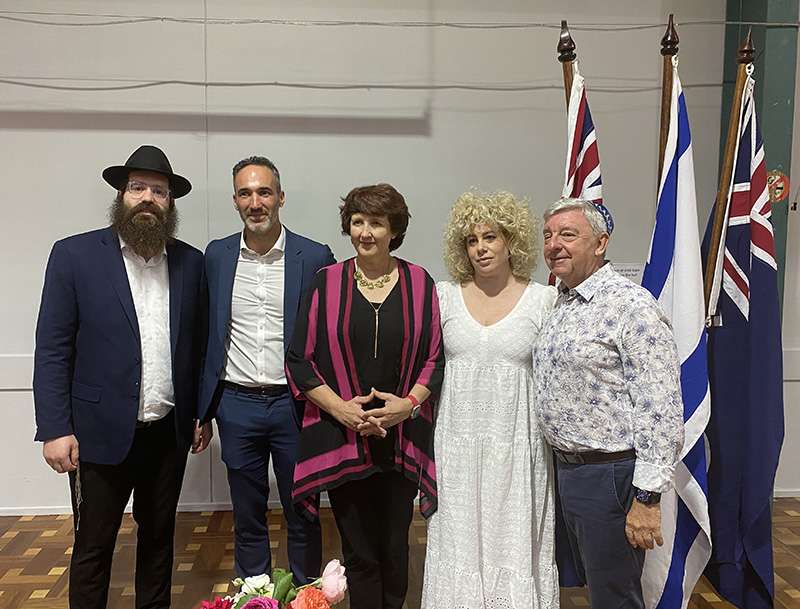
Rabbi Asher Goodman, Alex Ryvchin, Fiona Simpson MP, Carine Rozem MC and Paul Myers (Vice President of the QJBD)
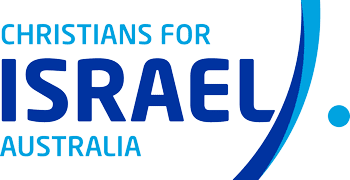
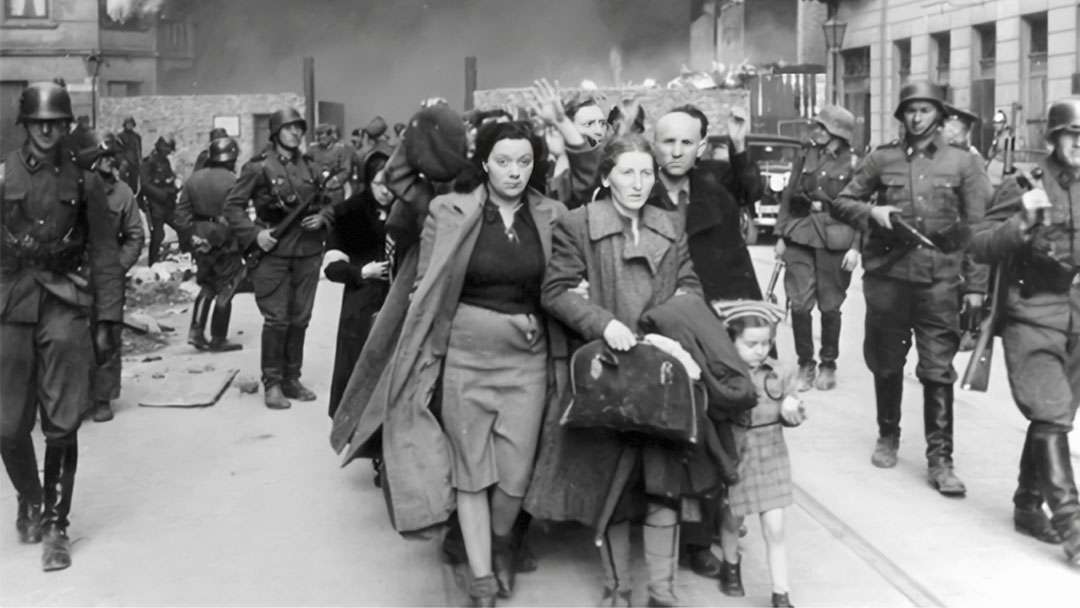
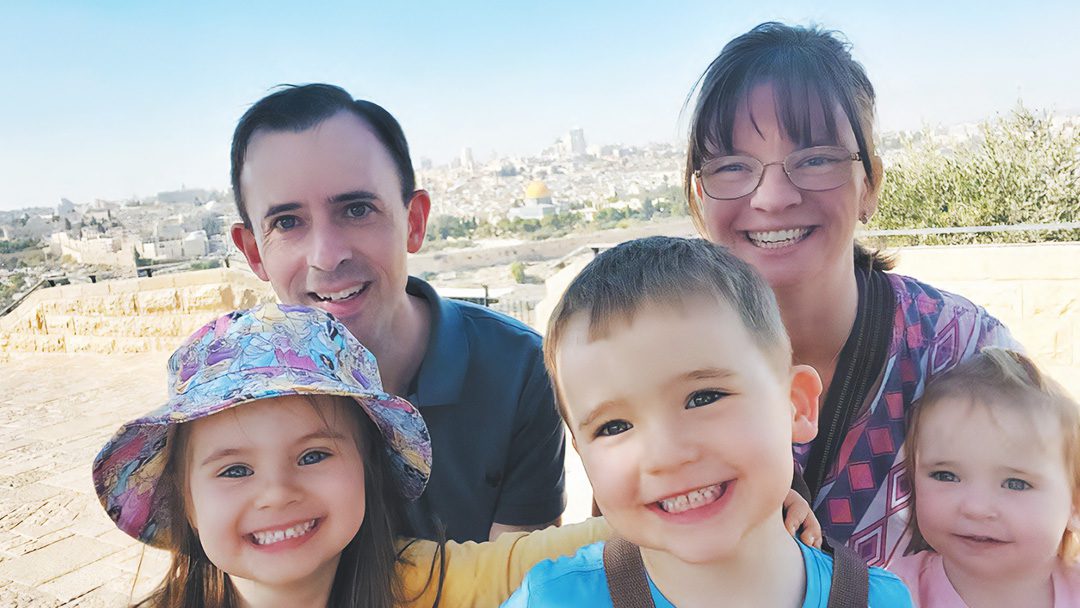
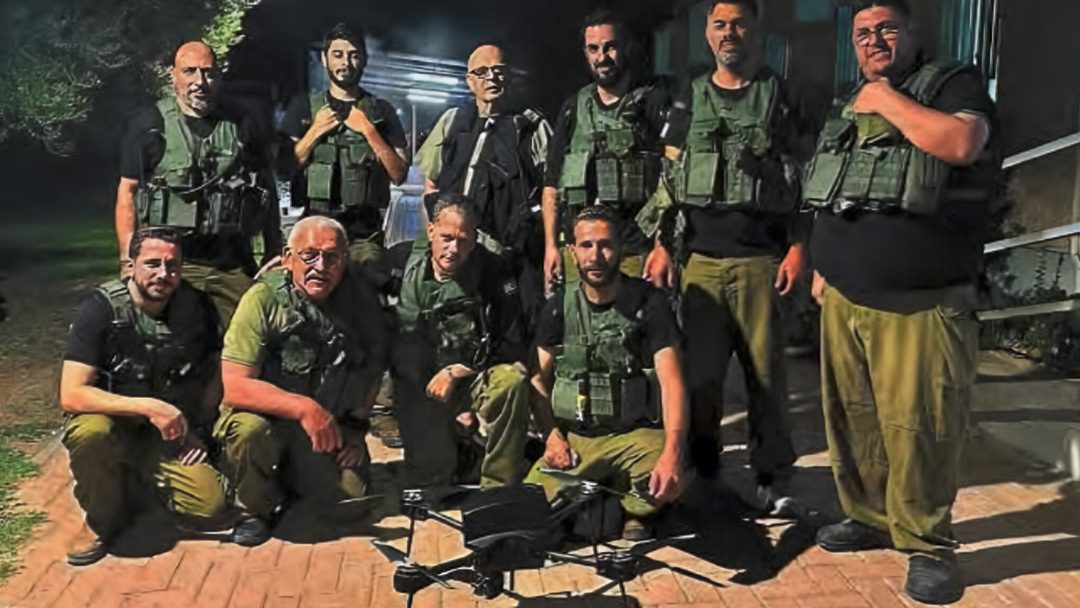
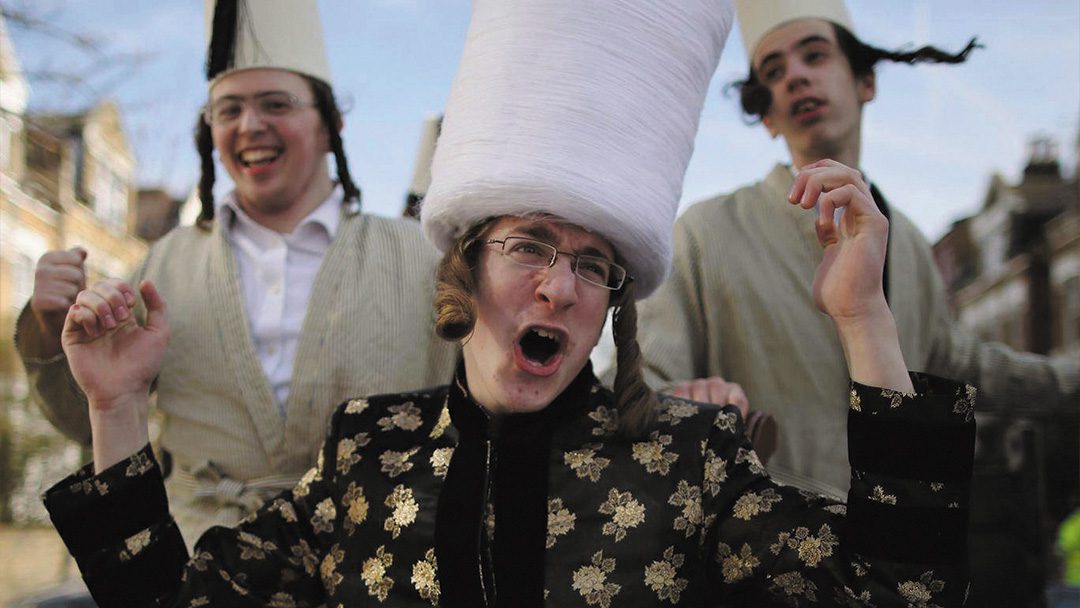
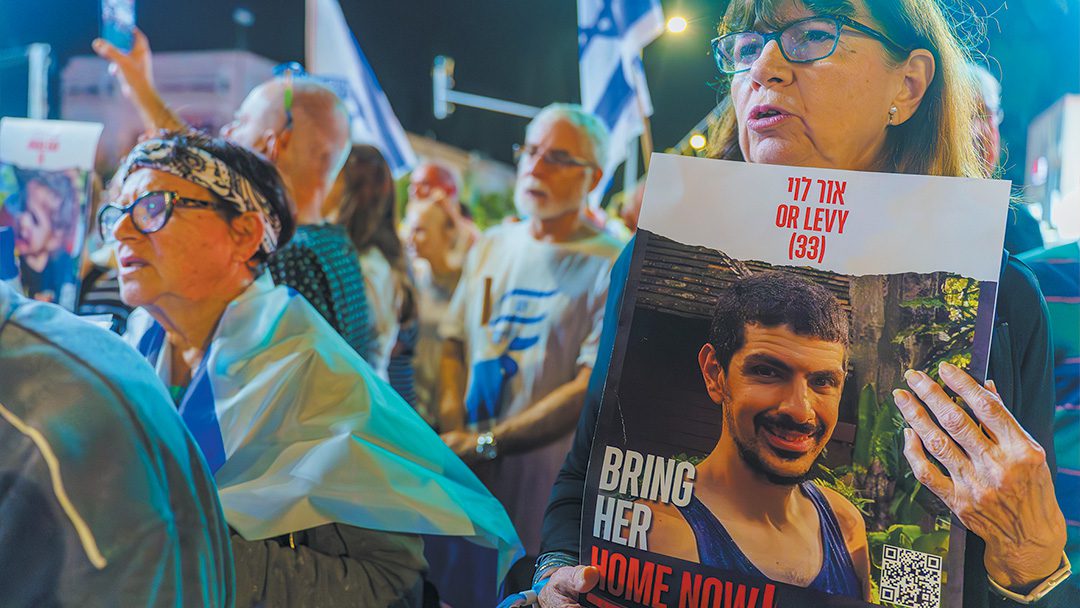

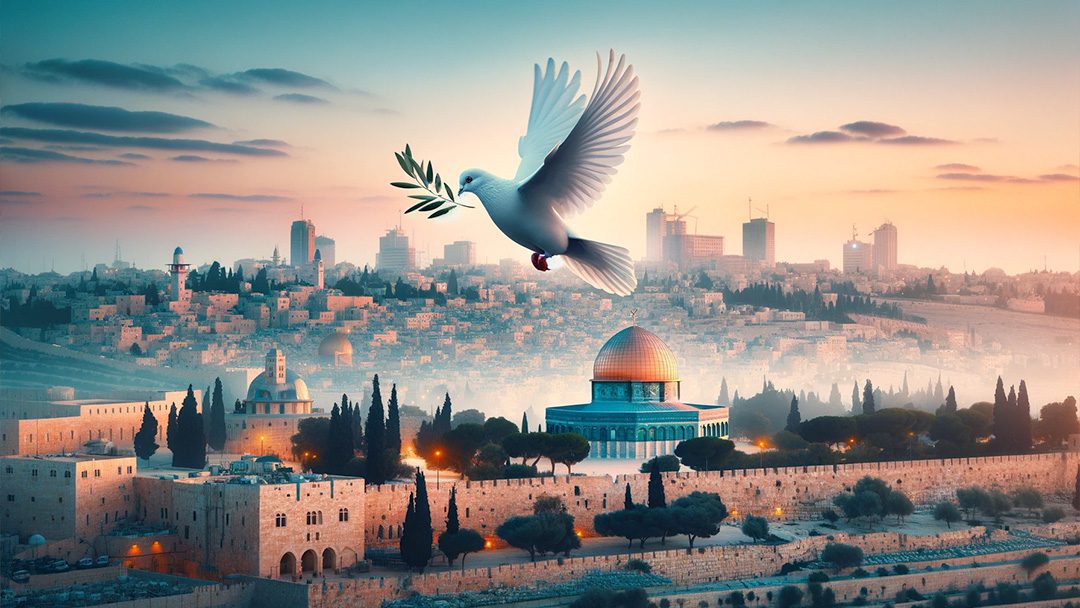
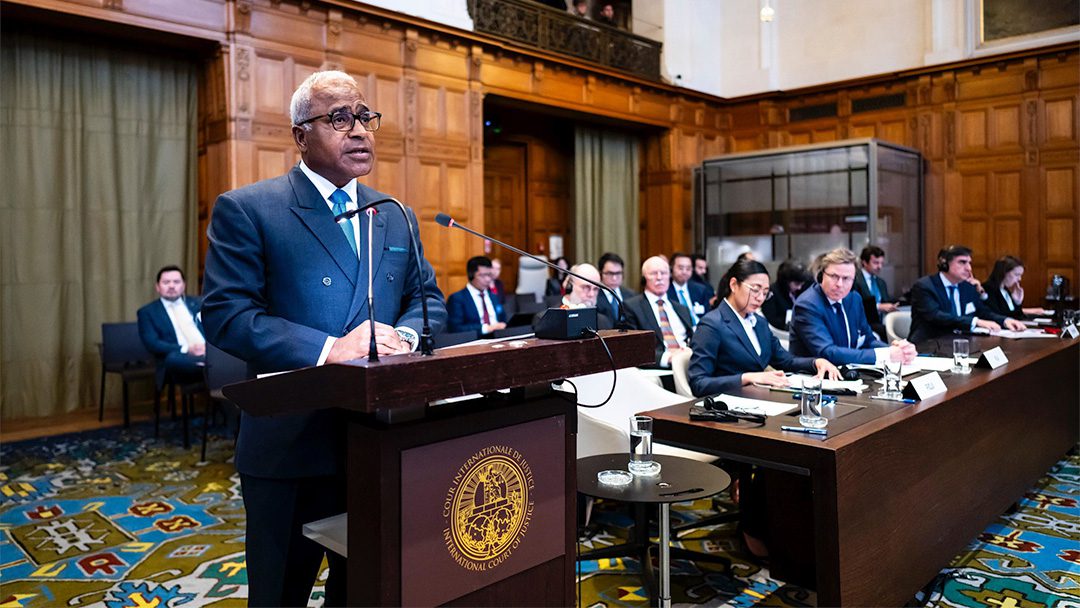

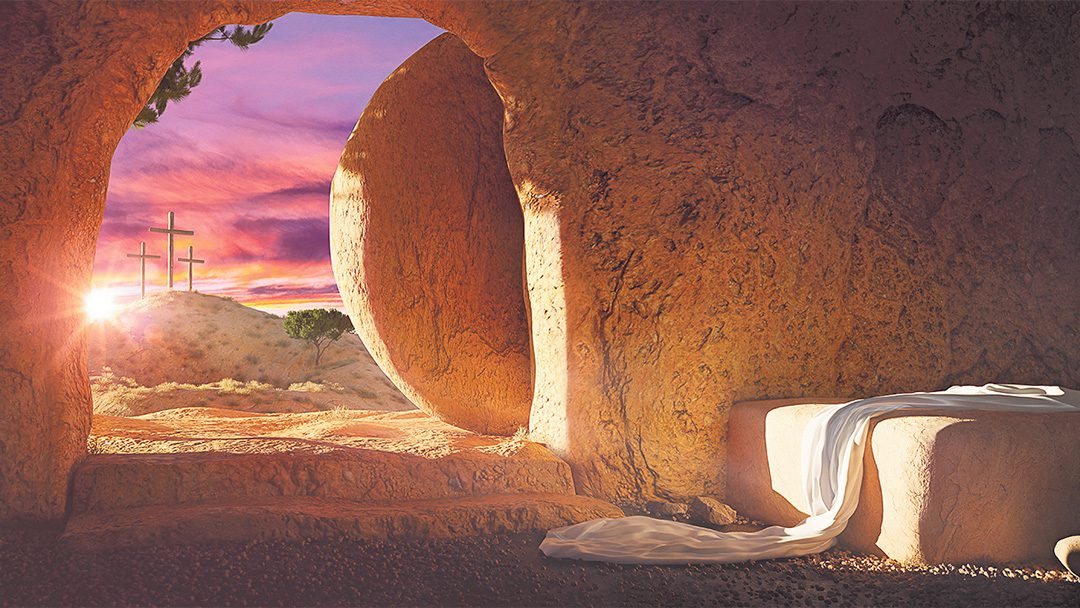
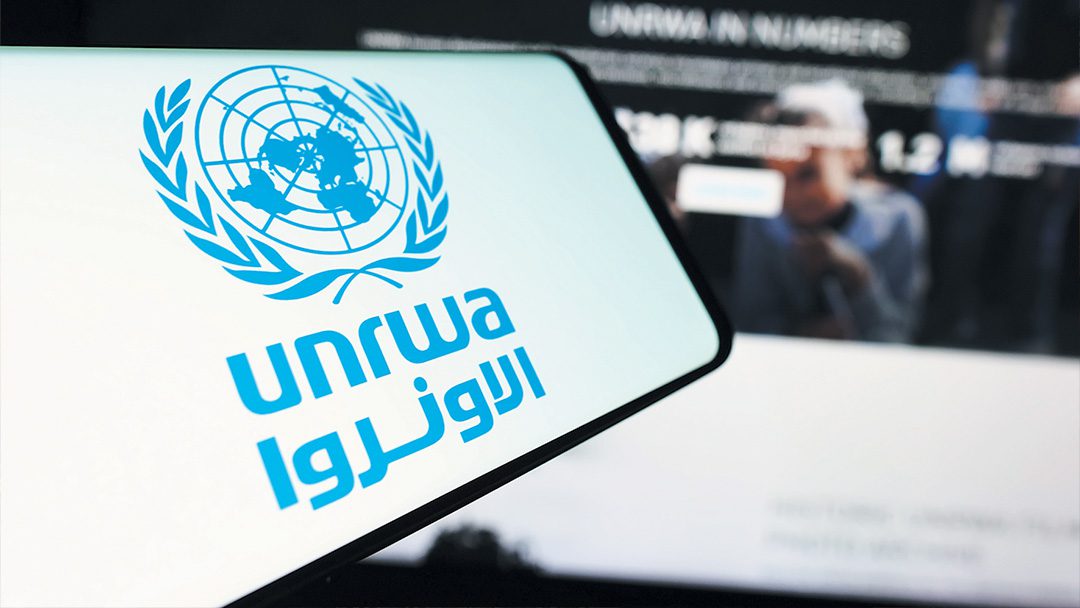
0 Comments